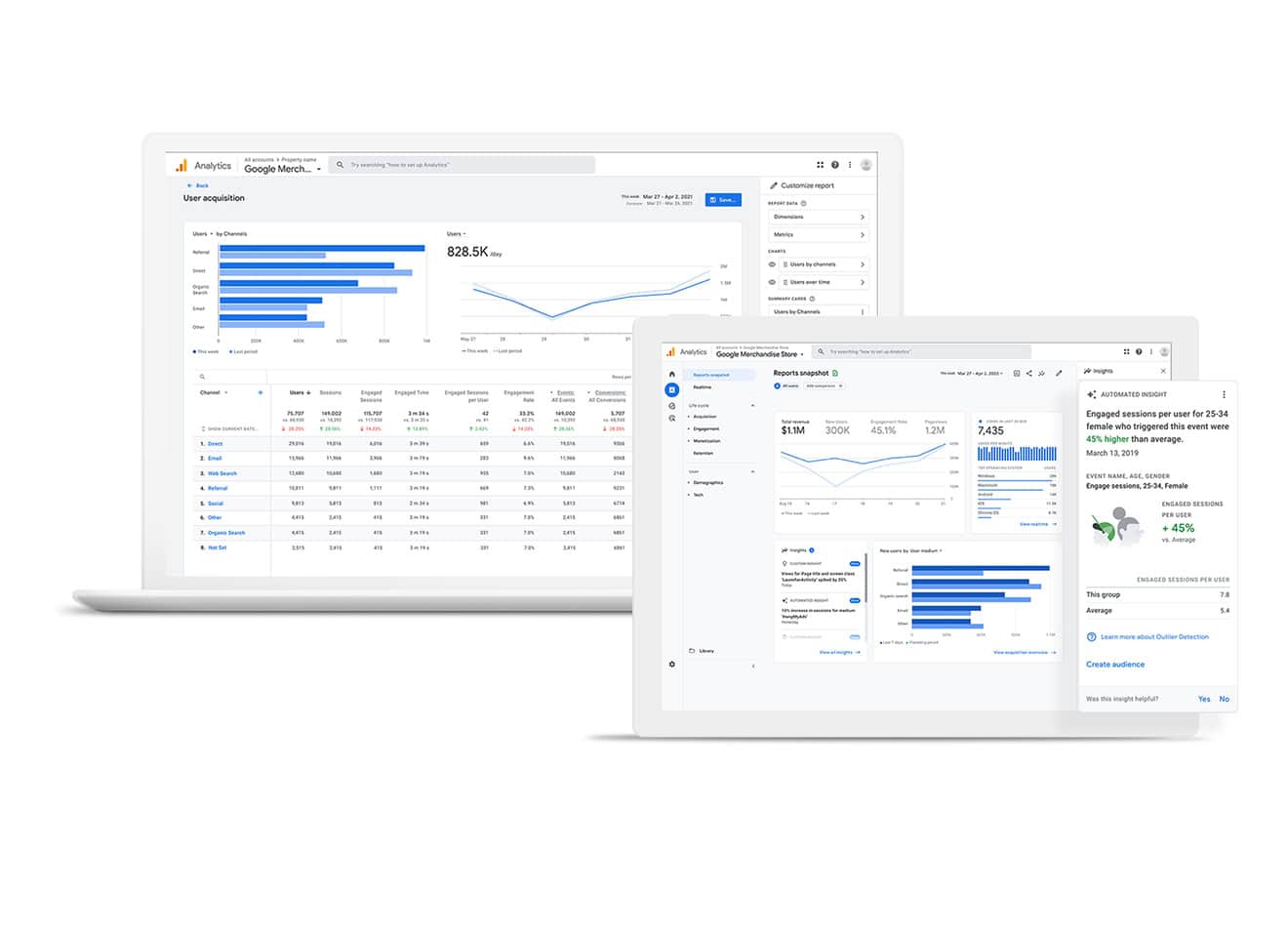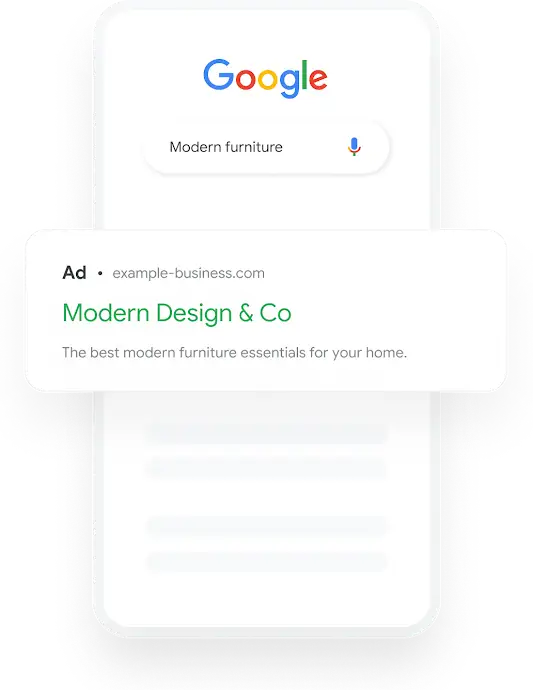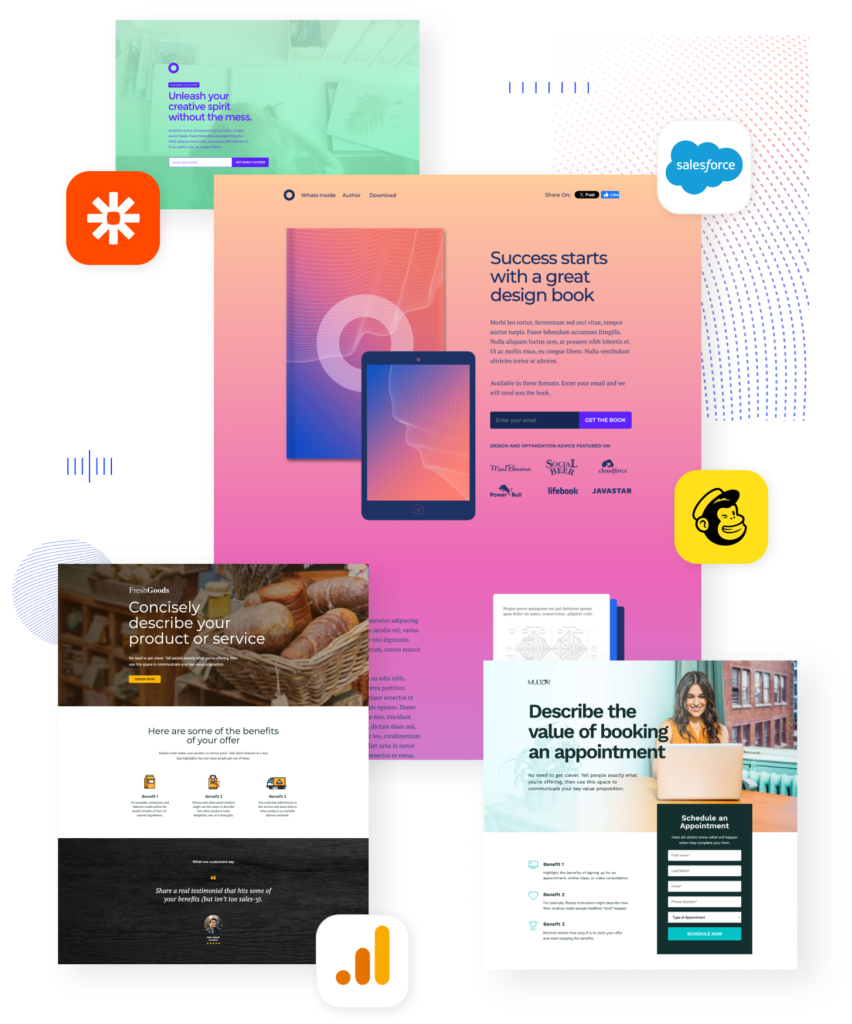Getting the Most Out of Google Ads: A Complete Guide to Successful Digital Marketing In the constantly changing world of digital marketing, Google Ads is a particularly useful tool for companies trying to improve their online visibility and increase conversions. However, a number of important factors determine how successful your advertising campaigns will be. This post will explore key tactics that can improve your Google Ads performance, such as identifying your target market and using data analytics for optimization. A thorough grasp of your target market is the cornerstone of any effective advertising campaign.
Key Takeaways
- Understand your target audience’s demographics, interests, and pain points to tailor your ad copy and visuals effectively.
- Craft ad copy that speaks directly to your audience’s needs and desires, using compelling language and a clear value proposition.
- Utilize eye-catching visuals that are relevant to your target audience and align with your brand’s messaging to capture attention and drive engagement.
- Choose the right advertising platforms based on where your target audience spends their time and the type of content they engage with.
- A/B test your ads to compare different elements such as copy, visuals, and calls to action to optimize performance and improve ROI.
- Implement a strong call to action that prompts your audience to take a specific action, such as making a purchase or signing up for a newsletter.
- Analyze and adjust your ad performance regularly to identify trends, optimize campaigns, and make data-driven decisions for improvement.
- Leverage data and analytics to gain insights into your audience’s behavior, optimize ad targeting, and improve overall advertising performance.
Identifying your target audience, their needs, and their online behavior can have a big impact on your advertising strategy. Begin by developing thorough buyer personas that capture demographic data, hobbies, problems, and buying patterns. This data will direct your advertising messaging and assist you in customizing your campaigns to appeal to prospective buyers. Also, you can get useful information about the online habits of your audience by using tools like Google Analytics and social media insights.
Your ad targeting is informed by the trends & preferences you find by examining this data. For example, you can plan your advertisements to run during peak hours for optimal visibility if you find that a sizable percentage of your audience interacts with your content during those times. Making attention-grabbing ad copy is the next step after you have a firm grasp of your target market.
Emphasizing the special features of your product or service, your ad copy should be succinct but compelling.
Employ powerful action verbs and emotional cues to evoke a feeling of excitement or urgency.
For example, rather than saying “Buy our product,” think of a more interesting phrase like “Transform your life today with our innovative solution!” Adding keywords that are pertinent to the search queries of your audience is also essential to increasing the visibility of your advertisement. To find terms that potential customers are using to find goods or services similar to yours, do in-depth keyword research. By incorporating these keywords into your ad copy with ease, you increase the possibility that it will show up in pertinent search results, which will raise click-through rates.
| Metrics | Results |
|---|---|
| Click-Through Rate (CTR) | 5% |
| Conversion Rate | 10% |
| Return on Ad Spend (ROAS) | 200% |
| Cost per Click (CPC) | 0.50 |
When it comes to digital advertising, images are essential for drawing viewers in & getting points across fast. Adding high-quality photos or videos to your advertisements can greatly increase their appeal & memorability. Make sure the images you choose complement your brand identity and appeal to your intended audience.
Choose elegant & sophisticated imagery that conveys exclusivity, for example, if you’re marketing a luxury product. Also, think about using infographics or animations that highlight product features in an interesting way or simplify complex information. In addition to drawing attention, images should support the ad copy by highlighting the point you wish to make.
Higher engagement rates & conversions can result from spending time creating visually appealing content because first impressions are frequently visual. Even though Google Ads is a strong tool, you should consider if it is the most appropriate for your audience and particular objectives. Different user demographics and behaviors are catered to by different advertising platforms.
For example, platforms such as Instagram or TikTok might perform better than traditional search ads if the majority of your target audience is younger. You can make well-informed decisions about where to spend your advertising budget by thoroughly analyzing the online activities of your target audience. To increase reach and engagement, you should also think about spreading your advertising across a variety of channels. One way to establish a consistent brand presence that appeals to consumers across various touchpoints is to use a multi-channel strategy.
A/B testing is a crucial tactic for Google Ads campaign optimization. Using this approach, two ad variations are made, each with minor adjustments to calls to action, headlines, or images, and they are then run concurrently to see which one does better. You can learn more about what appeals to your audience and adjust your advertisements accordingly by examining the results.
To guarantee accurate results, it is essential to concentrate on one variable at a time when performing A/B tests. For instance, if you are testing two distinct headlines, make sure that every other element remains the same. With this method, you can identify the precise modification that resulted in better performance. By using A/B testing on a regular basis, you can improve your current campaigns and cultivate a culture of ongoing marketing strategy improvement. Directing prospective clients to complete the desired action—whether it’s buying something, subscribing to a newsletter, or asking for more details—requires a compelling call to action (CTA).
Your CTA should be concise, appealing, and consistent with the main idea of your advertisement. Phrases like “Claim Your Free Trial,” “Get Started Today,” or “Join Our Community” can evoke a sense of urgency and motivate quick action. Also, think about carefully arranging CTAs in your advertisements.
To grab viewers’ attention at different points in the engagement process, for example, if you’re using video ads, place a call to action (CTA) at the start and finish of the video. You can effectively optimize future campaigns by testing various CTAs to gain insights into the phrases that your audience responds to the most. Maintaining optimal performance after your ads go live requires constant monitoring and analysis. Take advantage of Google Ads’ integrated analytics tools to monitor important metrics like return on ad spend (ROAS), click-through rates (CTR), & conversion rates. You can spot patterns and areas for development by routinely examining these metrics.
Don’t be afraid to make changes in light of the information you’ve acquired if some of your ads aren’t performing up to par. This could entail shifting the budget to campaigns that are performing better, altering the ad copy, or changing the graphics. What distinguishes successful advertisers from the rest is their capacity to make swift adjustments in response to performance insights. Using analytics to optimize your Google Ads campaigns is essential in today’s data-driven world.
Examine user behavior data in greater detail to learn how users engage with your advertisements and website, going beyond simple metrics like CTR and conversion rates. Understanding user demographics, interests, and even device usage is possible with the help of tools like Google Analytics. A thorough analysis of this data can reveal insightful trends that guide future marketing campaigns.
For example, think about tailoring your advertisements for mobile devices if you observe that mobile users convert more often than desktop users. Better engagement and conversions can result from more individualized ad targeting made possible by behavior-based audience segmentation. Conclusion Understanding your target audience, creating effective ad copy, using attention-grabbing images, selecting the appropriate platforms, running A/B tests, putting strong calls to action into place, evaluating performance metrics, and using data analytics for optimization are all essential components of mastering Google Ads. By diligently implementing these tactics, you can improve the efficacy of your marketing campaigns & produce significant business outcomes.
Are you prepared to advance your Google Ads campaigns? Watch as your online presence becomes stronger by putting these strategies into practice right now! For more professional advice on authority marketing and digital marketing, visit googleadauthority.com!
If you are interested in learning more about effective marketing strategies for carpet cleaning businesses, you may want to check out the article on Carpet Cleaning Marketing in Gilbert, Arizona. This article provides valuable insights and tips on how to create ads with impact that will help your business stand out in a competitive market.
FAQs
What are Ads With Impact?
Ads With Impact are advertisements that are designed to make a strong and lasting impression on the audience. These ads are created to be memorable and to evoke a strong emotional response from the viewers.
What are the key elements of Ads With Impact?
The key elements of Ads With Impact include compelling visuals, powerful storytelling, emotional appeal, and a clear call to action. These ads are often creative, innovative, and thought-provoking.
How do Ads With Impact differ from traditional advertisements?
Ads With Impact differ from traditional advertisements in that they are designed to leave a lasting impression on the audience. They often focus on creating an emotional connection with the viewers and are more likely to be shared and talked about.
What are some examples of Ads With Impact?
Some examples of Ads With Impact include the “Share a Coke” campaign by Coca-Cola, the “Dove Real Beauty” campaign, and the “Always #LikeAGirl” campaign. These ads have all made a significant impact on the audience and have been widely discussed and shared.
How can businesses create Ads With Impact?
Businesses can create Ads With Impact by focusing on creativity, storytelling, and emotional appeal. They should strive to create ads that are memorable, thought-provoking, and shareable. It’s also important to understand the target audience and their values and beliefs.










